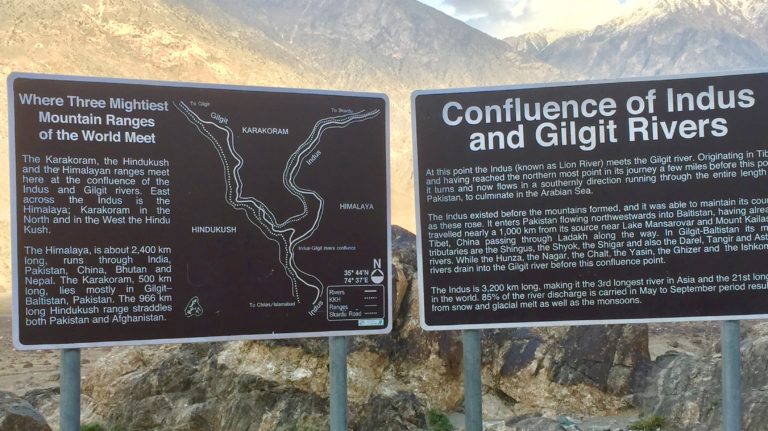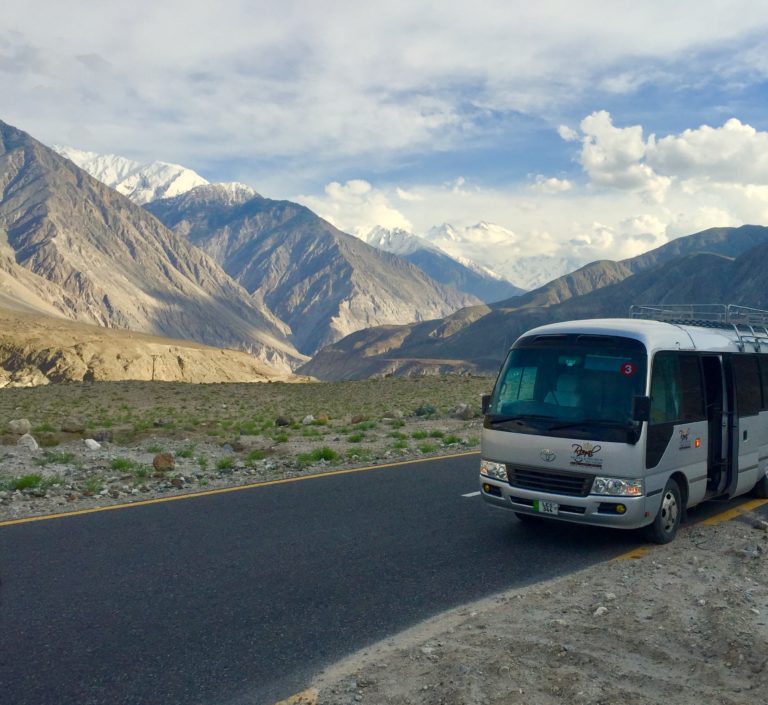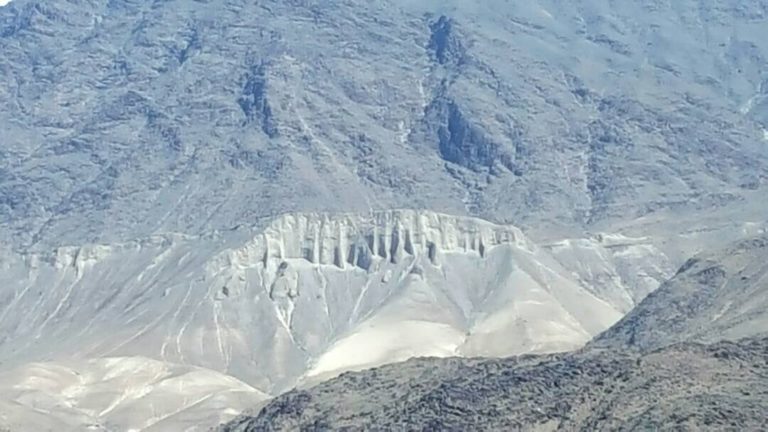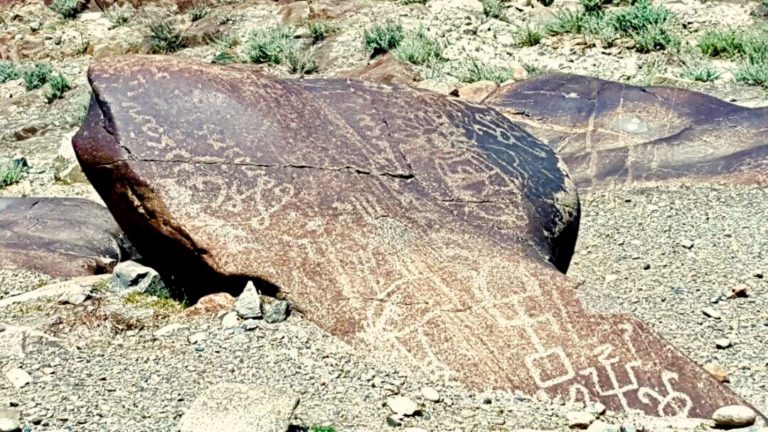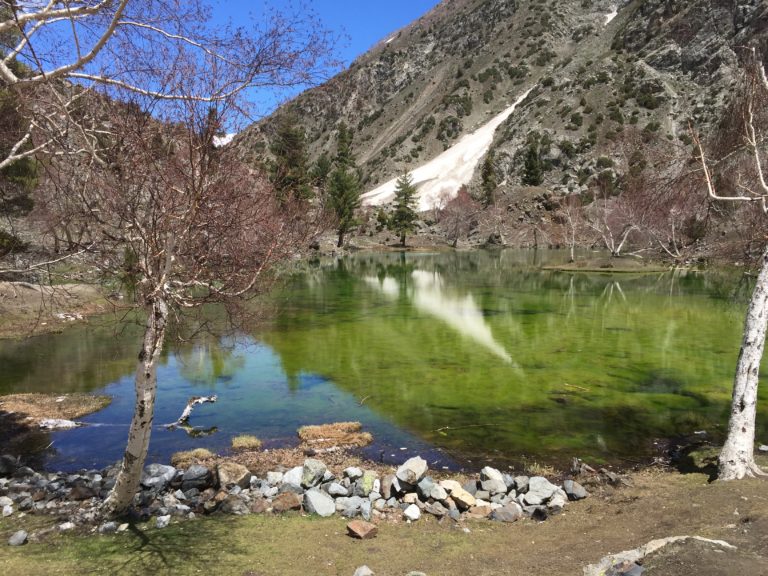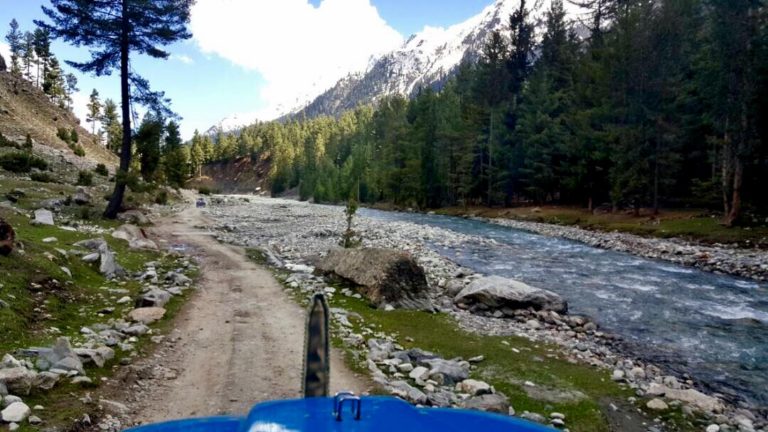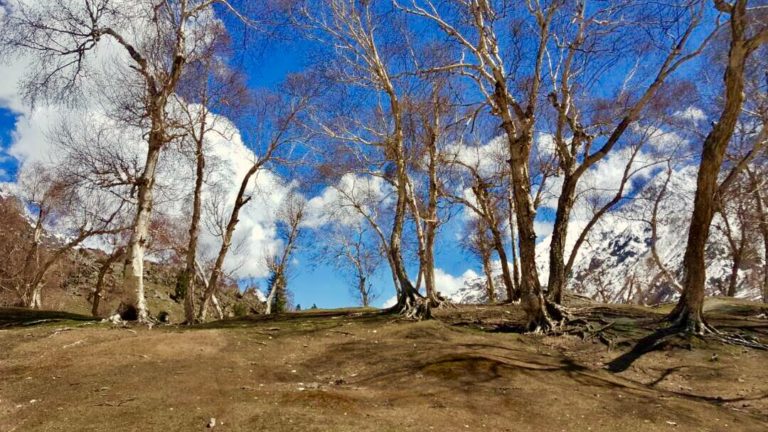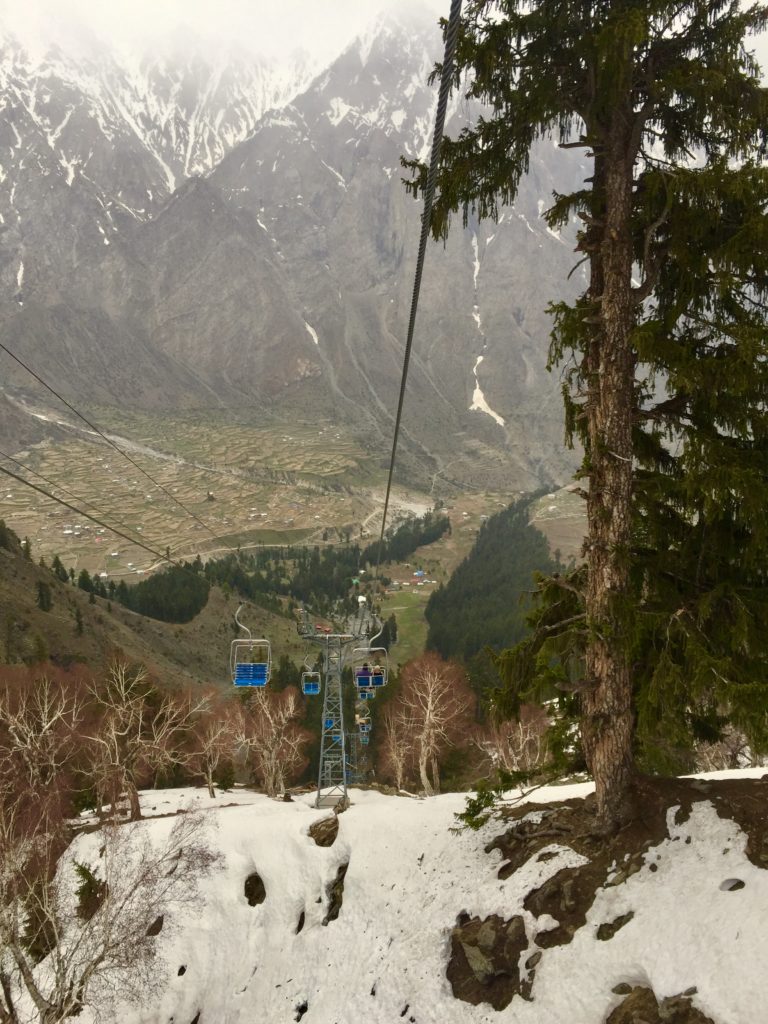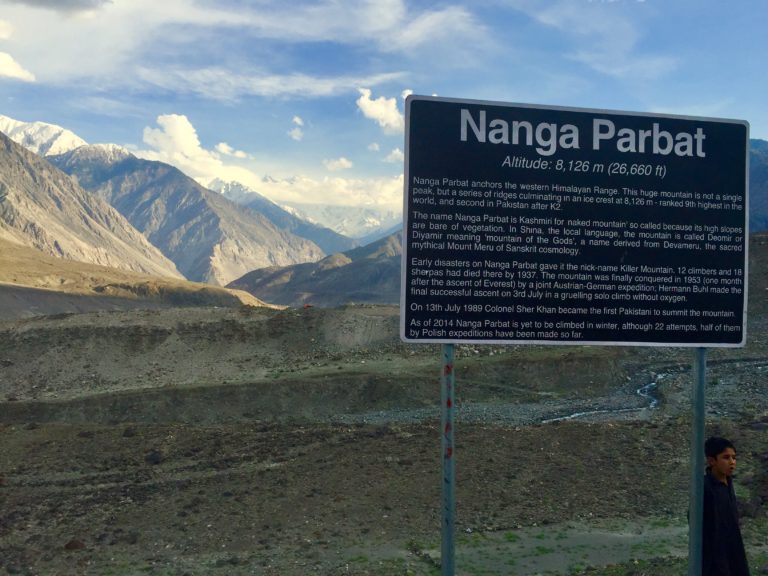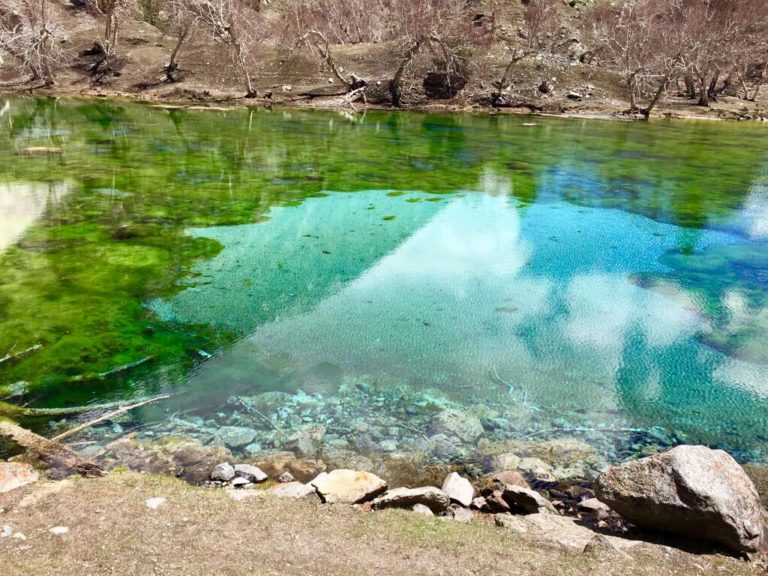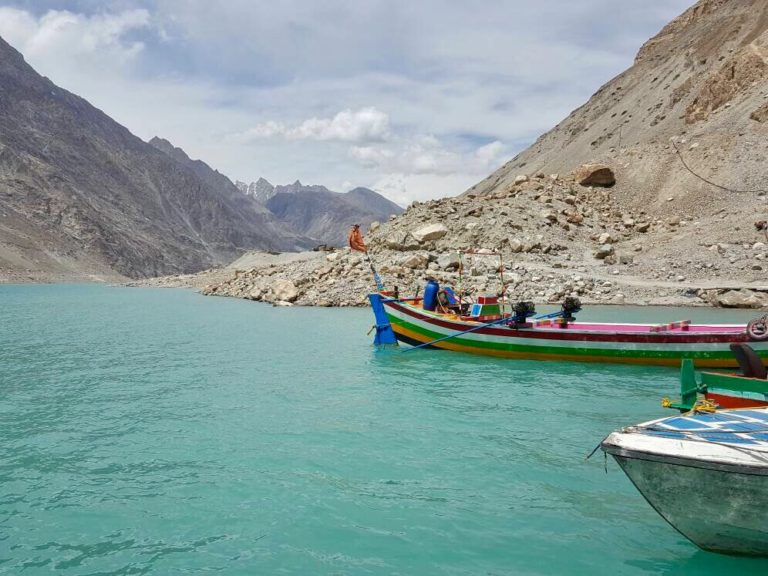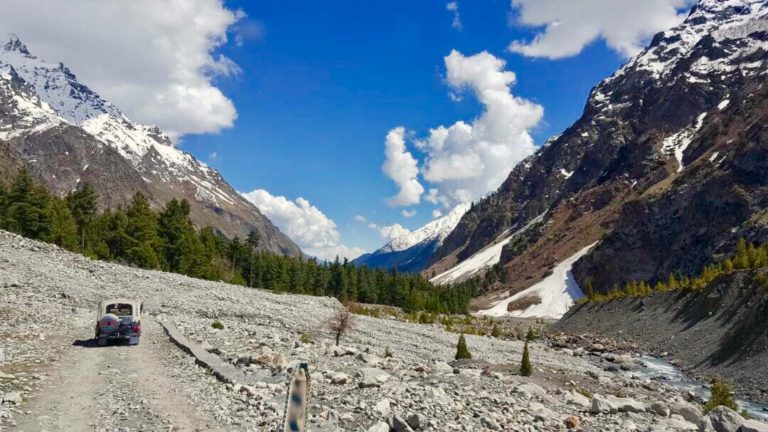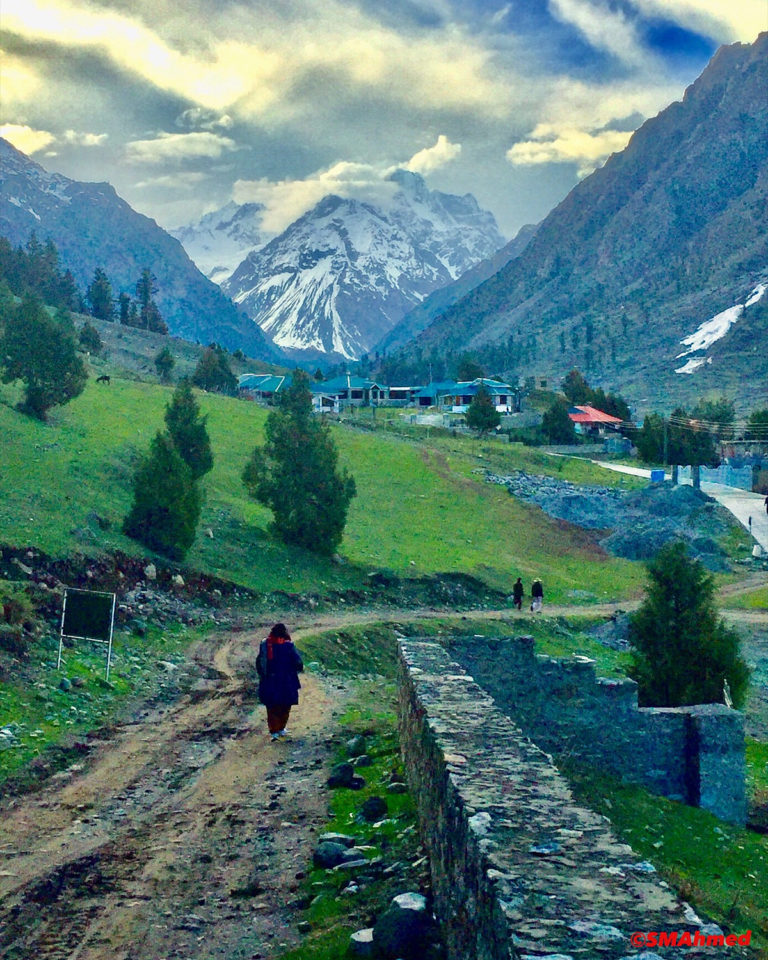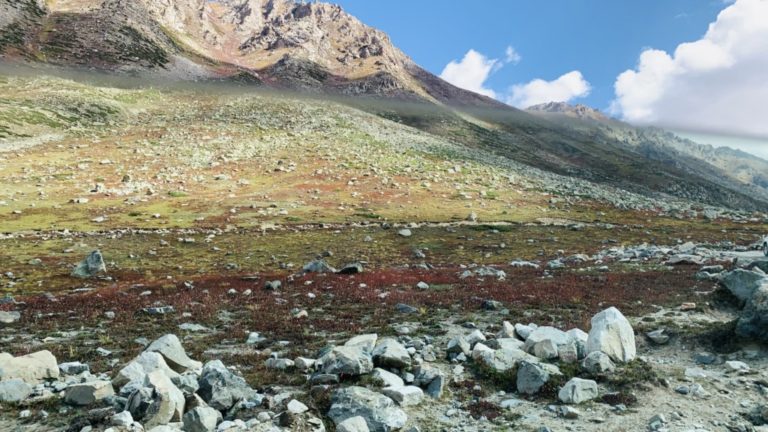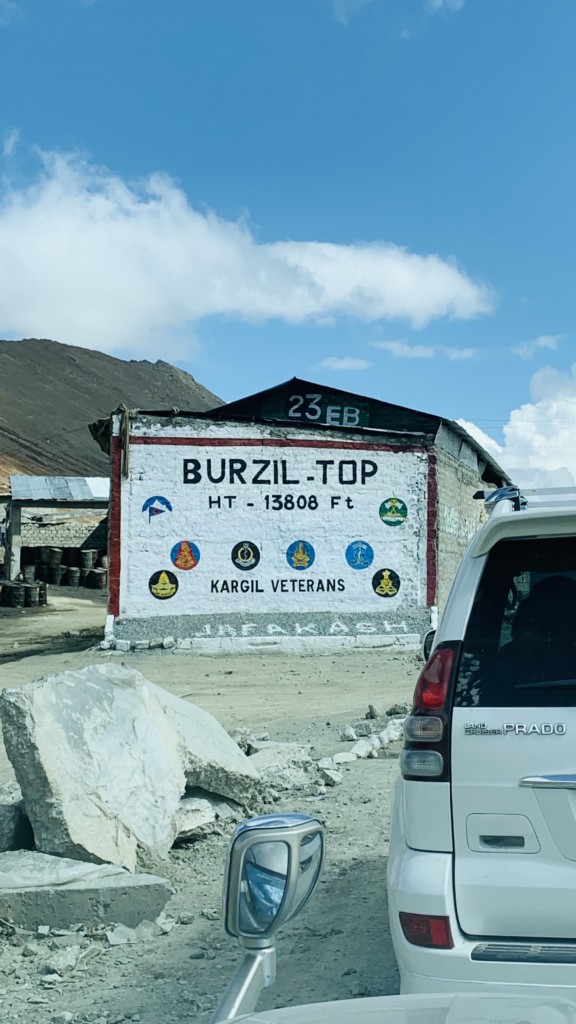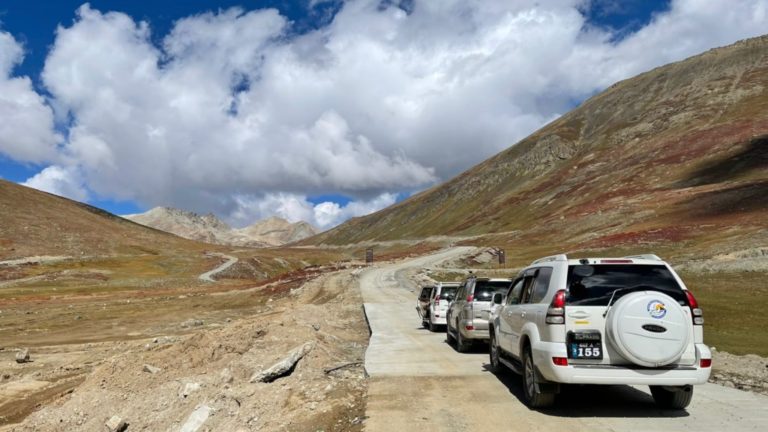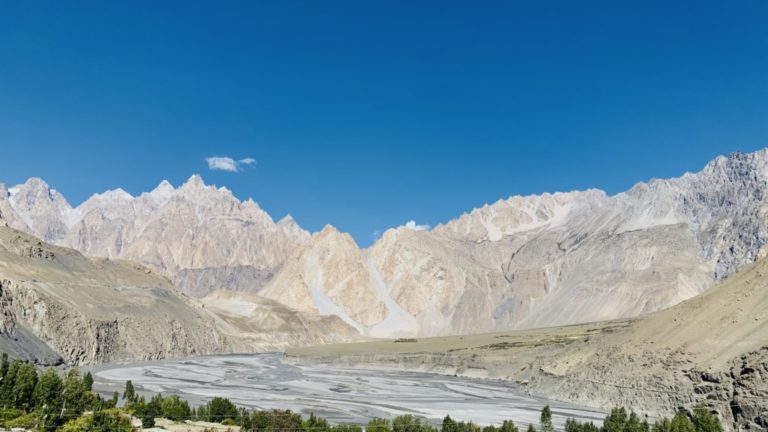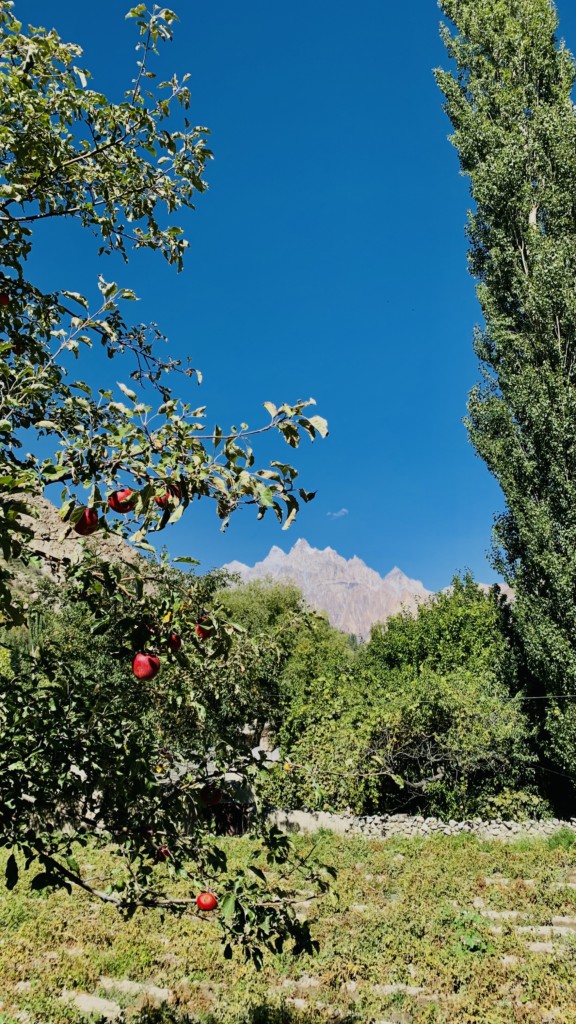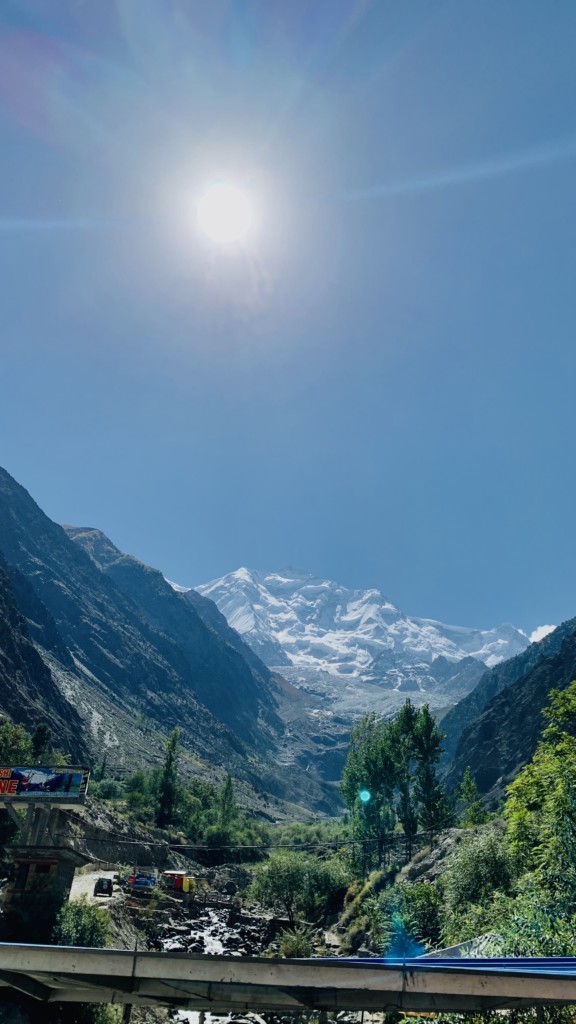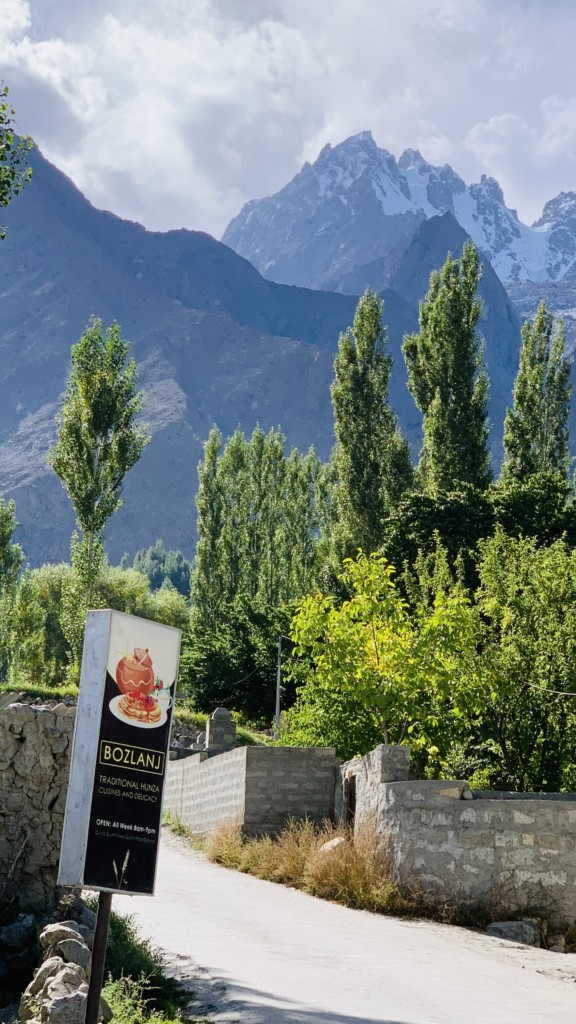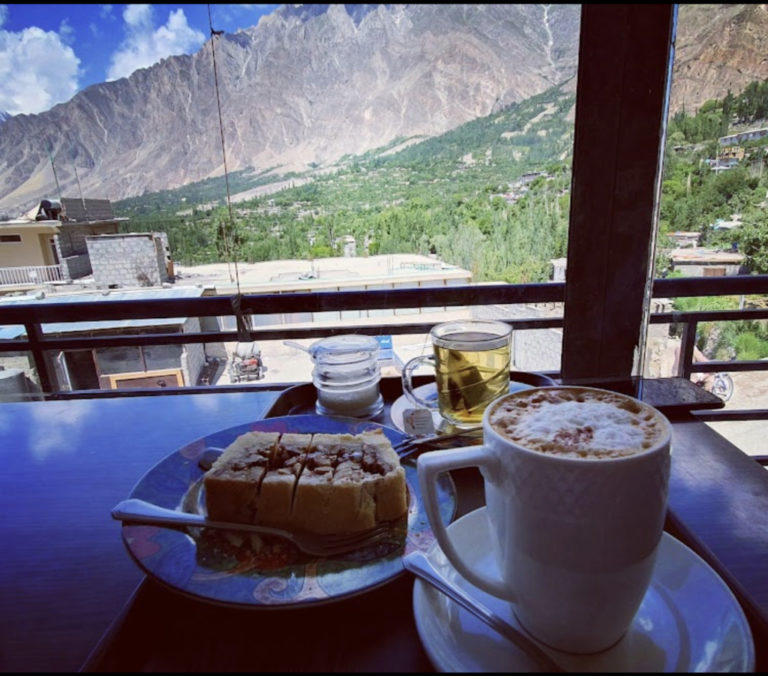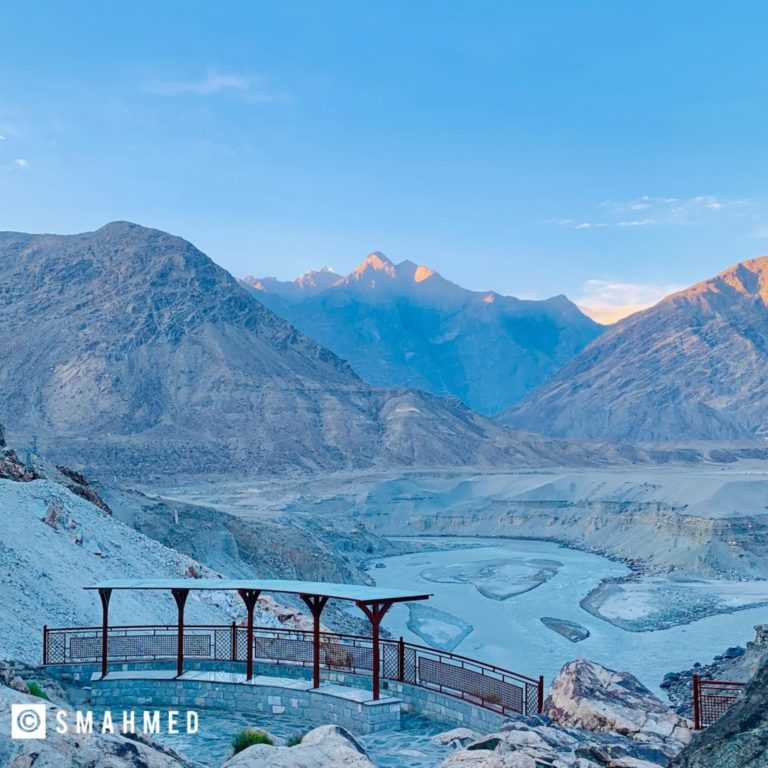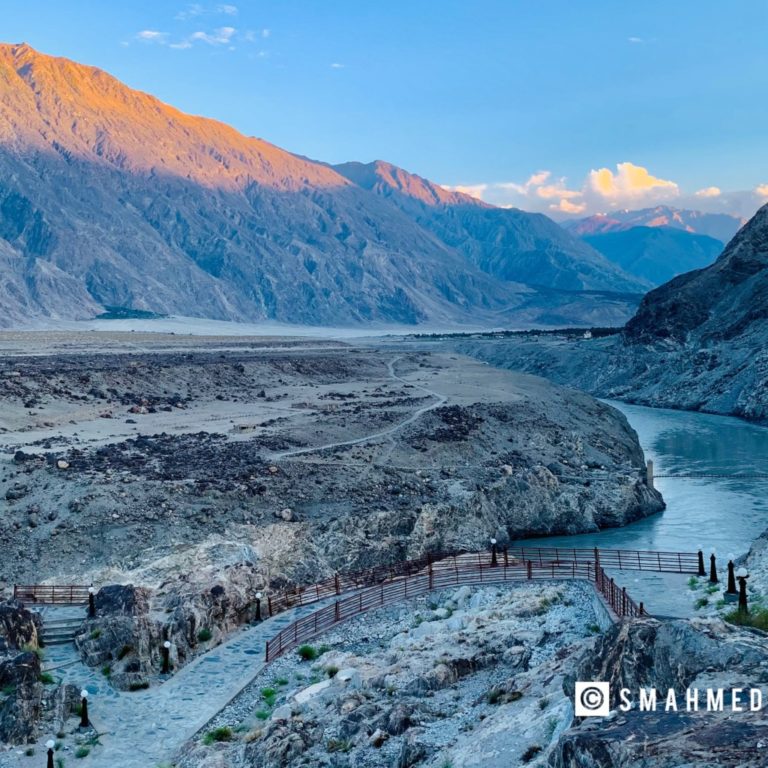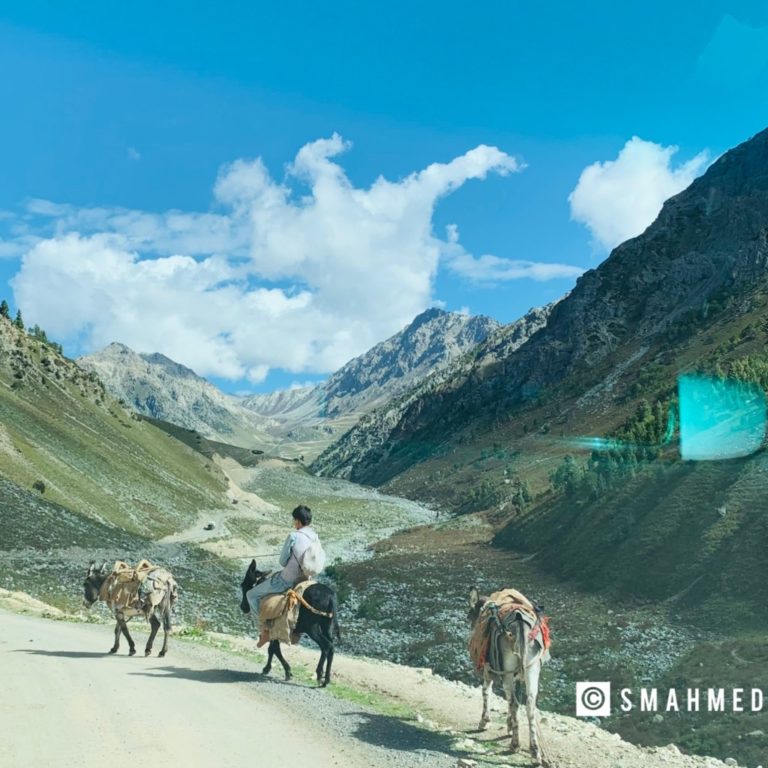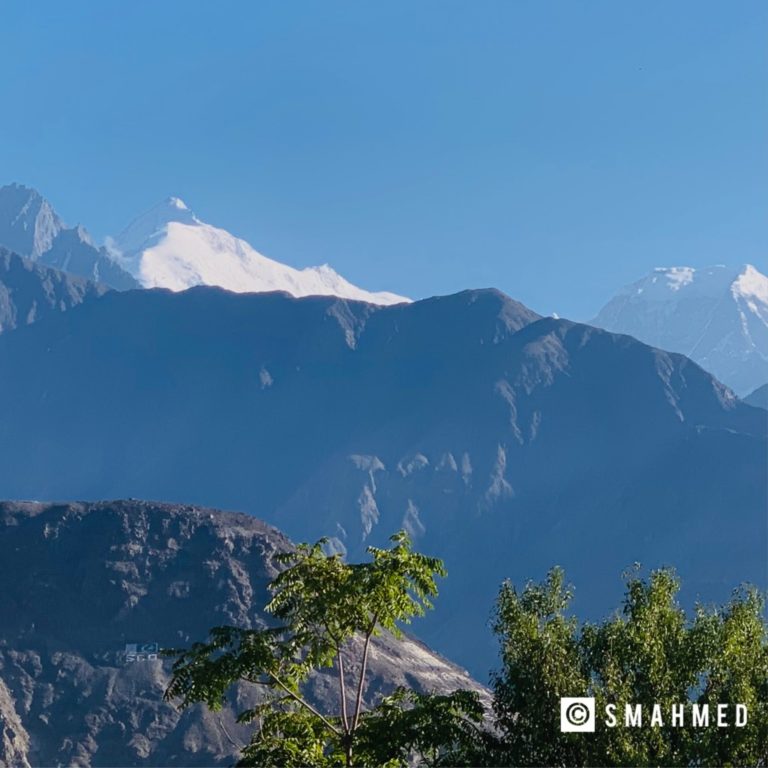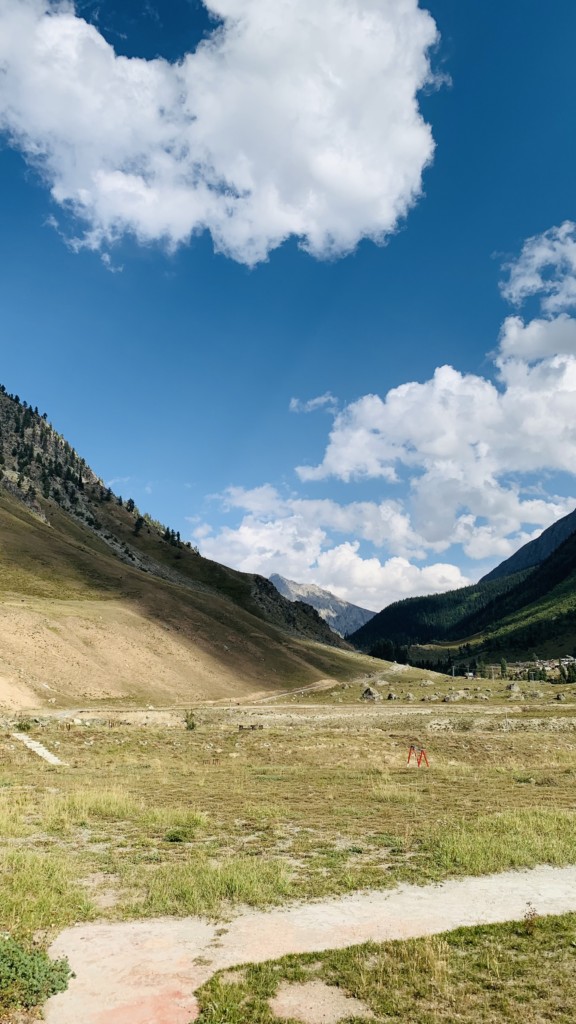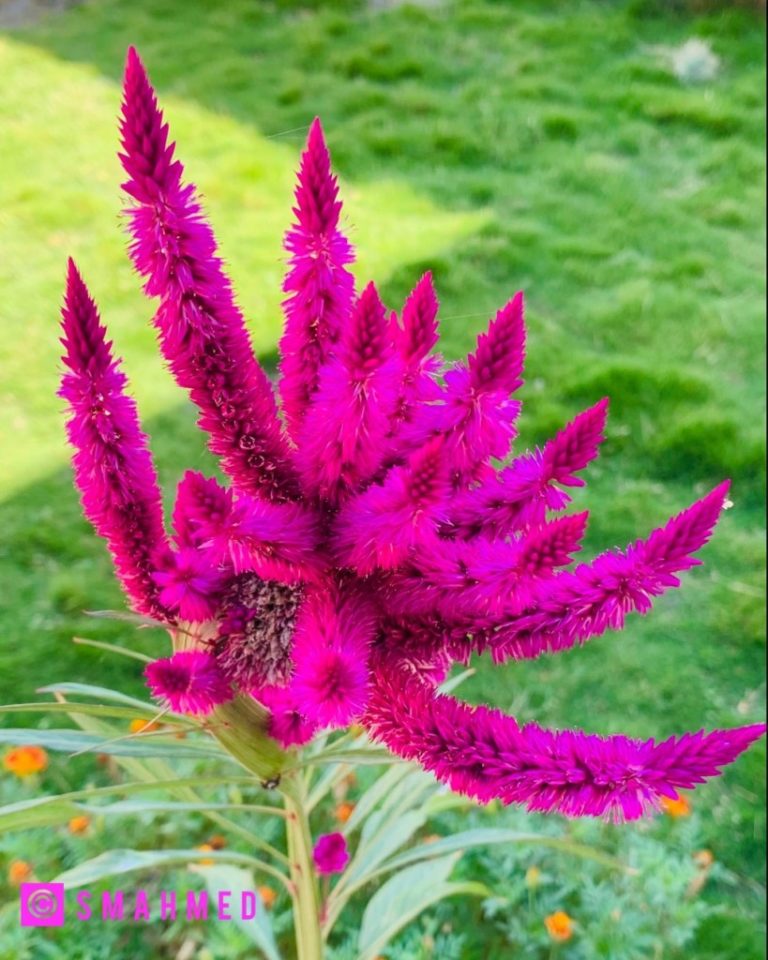Gilgit Baltistan
Gilgit, the Capital of Gilgit Baltistan, is the main gateway to Hunza and Naltar valleys and lies on the bank of Gilgit river. It is connected to the south by KKH (Karakorum Highway), which then leads north to Khunjarab Pass and China.
Gilgit-Baltistan is home to all five of Pakistan’s “eight-thousanders” and to more than fifty peaks above 7,000 metres (23,000 ft). Gilgit and Skardu are the two main hubs for expeditions to those mountains. The region is home to some of the world’s highest mountain ranges. The main ranges are the Karakoram and the western Himalayas. The Pamir Mountains are to the north, and the Hindu Kush lies to the west. Amongst the highest mountains are K2 (Mount Godwin-Austen) and Nanga Parbat, the latter being one of the most feared mountains in the world.
Three of the world’s longest glaciers outside the polar regions are found in Gilgit-Baltistan: the Biafo Glacier, the Baltoro Glacier, and the Batura Glacier. There are, in addition, several high-altitude lakes in Gilgit-Baltistan:
- Sheosar Lake in the Deosai Plains, Skardu
- Naltar lakes in the Naltar Valley, Gilgit
- Satpara Tso Lake in Skardu, Baltistan
- Katzura Tso Lake in Skardu, Baltistan
- Zharba Tso Lake in Shigar, Baltistan
- Phoroq Tso Lake in Skardu, Baltistan
- Lake Kharfak in Gangche, Baltistan
- Byarsa Tso Lake in Gultari, Astore
- Borith Lake in Gojal, upper Hunza, Gilgit
- Rama Lake near Astore
- Rush Lake near Nagar, Gilgit
- Kromber Lake at Kromber Pass Ishkoman Valley, Ghizer District
- Barodaroksh Lake in Bar Valley, Nagar
- Ghorashi Lake in Ghandus Valley, Kharmang

